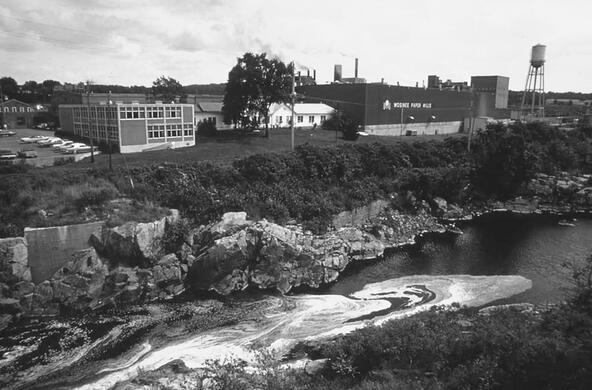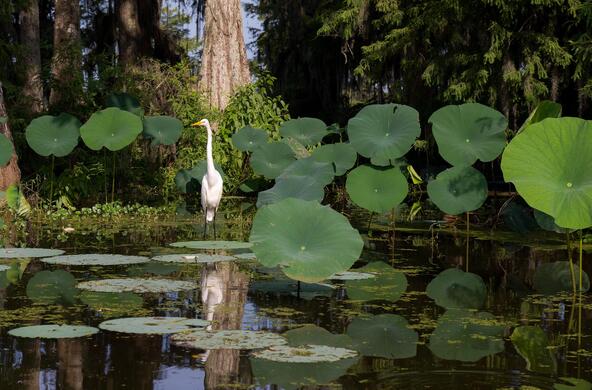By the late 1960s, America’s fresh waters were in crisis. Rivers were catching fire, unsafe E.coli levels were common, and Time Magazine declared Lake Erie dead. Against this backdrop, the Clean Water Act of 1972 was enacted. It has led to improvements in pollution regulation and sewage treatment.
Still, by the EPA’s estimation some 60 percent of our nation’s streams and wetlands lack adequate protection and a third of our drinking water sources are at risk. Some of this stems from language in the Clean Water Act. It aspires to protect the “waters of the United States,” yet it never defines what this phrase means.
Congress clearly intended to clean up navigable waters and their tributaries. But do protections extend to floodplains? Marshes? Drainage ditches? These ‘gray’ cases have resulted in a slow and expensive regulatory process. To clear up ambiguity, the EPA is currently defining the phrase “waters of the United States.”
Cary Institute scientist Dr. Dave Strayer comments: “The EPA's proposed definition looks sensible and supported by science. It clarifies rather than expands the Clean Water Act's jurisdiction. While there has been push-back by agriculture, it’s important to remember that as much as we like farms, no industry in the U.S. uses more water, or causes more widespread water pollution.”
Learn more in an essay by Strayer: www.caryinstitute.org/newsroom/cleaning-clean-water-act.





